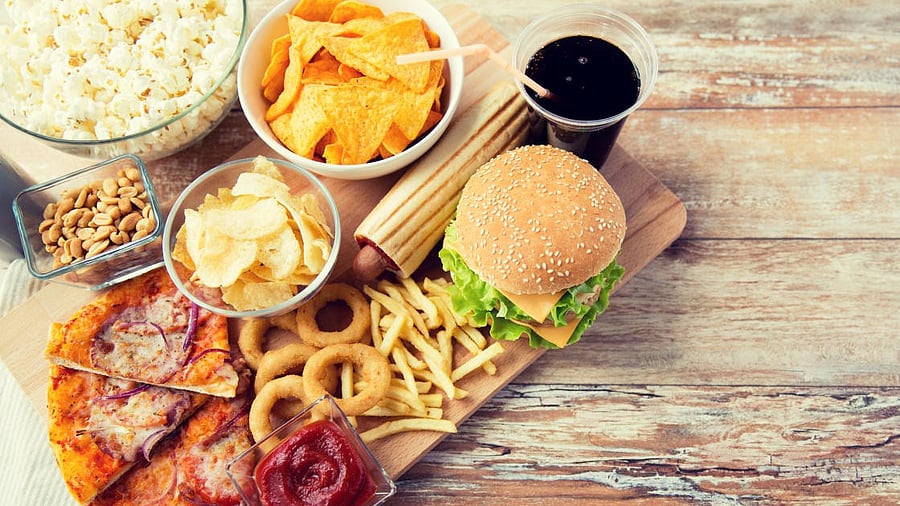
Food. Representative image.
Credit: iStock Photo
My grandnephew Sahil’s parents had relocated to India from the US. There was a robust finality in their decision. At least it seemed so from the boxes of things piled high in the flat they had moved into.
Two months passed. One morning, we took the family out to lunch. Sahil’s sister Mira ate the noodles with gusto, while he picked at the food. Suddenly, he sat up, stock still, then burst into tears and turned to his father. ‘Pappa, I want (he named a popular restaurant chain in the US, not yet in India), I want those (and he named what he loved to eat there), now!’
Our favourite food lurks in our olfactory memory and asks to be heard. And often, it is just one thing.
Fans of the film Ratatouille will remember how Remy, the blue rat, creates a version of ratatouille for the harsh food critic Anton Ego. One look at the dish and Ego is transported, with whipping suddenness, in one of the most moving film frames, to his childhood and his mother’s kitchen. A lot of our childhood memories comprise food.
I remember a friend’s uncle. This was way back in the 1950s. He was a naturalised citizen of France and loved the place, the culture, the people, and the food. The day came when he lay dying, and his wife watched over him anxiously and brought him things he loved to eat. One day, he looked up from his lunch. ‘I feel like eating…’, and he named a traditional daal he had eaten in India as a child. Telephone calls were made to relatives in India, and, incredibly, the daal was flown to Paris on an international flight, care of a pilot known to the family. Food and Man came together in a moment of deep emotion.
And to end, a beautiful story from Karunashraya, the cancer hospice. Sr Blaise, the nursing superintendent, tells it in her own words:
“We always tried our best to respect our patients’ wishes and to make them the food they liked. I remember one incident very clearly. We had a young girl who worked in the kitchen. I thought her compassionate approach would be welcomed in the hospice. And it did.
One of the patients got up one night at 2 am. He felt like eating payasam, he said. He asked several times. We wanted so much to fulfil his wishes, and I woke the girl hesitantly. But she got up at once and went straight to the kitchen. A little later, the payasam was ready; she brought it, warm and creamy, to the room, and we served it to the patient. He smiled at both of us; I shall never forget that smile. In the morning, we found him lying very still. He had passed on, perhaps not long after he had eaten. I was thankful we had fulfilled his wish.”